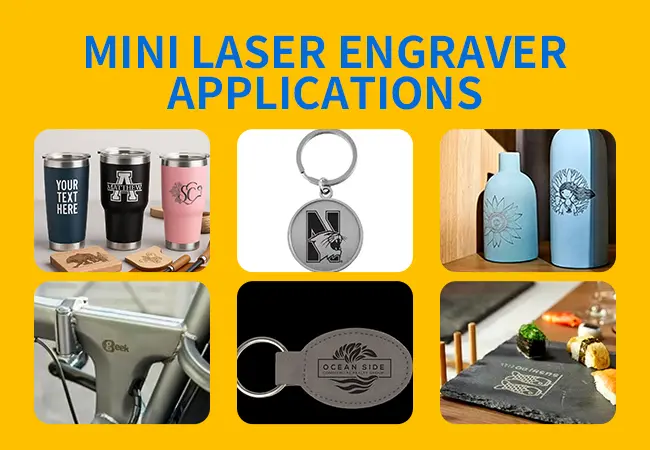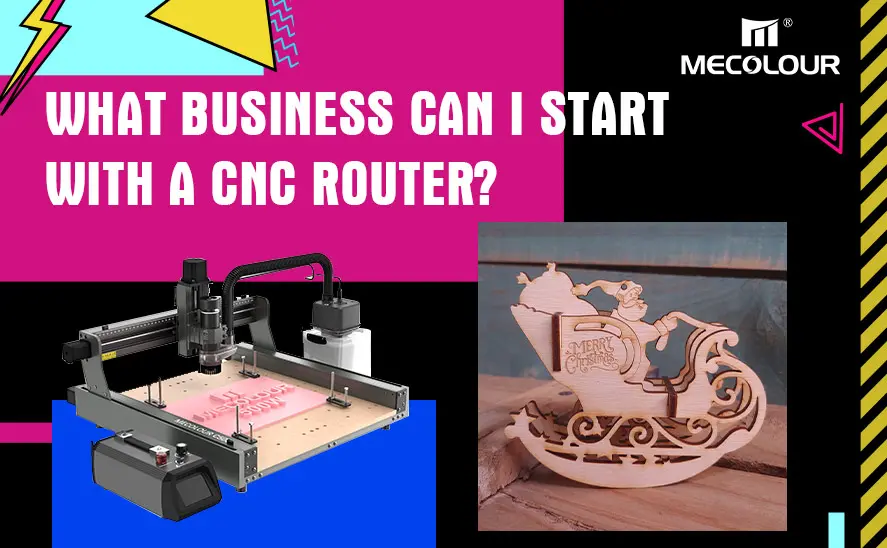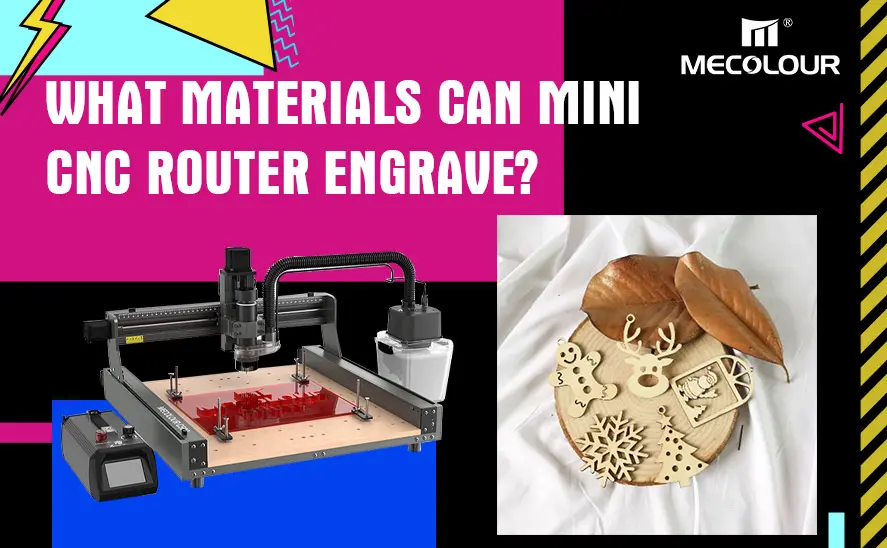
Blog
Mini Laser Engraver vs CNC Router: Which to Choose?

When it comes to digital fabrication and precision cutting, the two most prominent tools are the mini laser engraver and the CNC router. Both have transformed the landscape of hobbyist crafting, small business manufacturing, and industrial prototyping. But which one is right for your specific needs? In this comprehensive comparison, we’ll dive deep into mini laser engraver vs cnc router mechanisms, applications, materials, accuracy, and long-term usability to help you make the most informed choice.
What Is a Mini Laser Engraver?
A mini laser engraver is a compact machine that uses a focused beam of light to cut or engrave materials. These machines are ideal for delicate, detailed tasks like engraving text, logos, or intricate patterns. They are widely used for customizing gifts, crafting signage, and creating small-scale models.
How It Works
Mini laser engravers operate by emitting a high-powered laser through a lens, focusing the beam to a fine point that burns or vaporizes the surface material. This contactless method results in exceptional precision with minimal mechanical wear.
What Is a CNC Router?
A CNC (Computer Numerical Control) router is a computer-controlled cutting machine that uses rotating bits to remove material from a solid object. Unlike laser engravers, CNC routers are mechanical tools, meaning they physically carve, mill, and shape substrates.
How It Works
CNC routers use motors to move the cutting tool along the X, Y, and Z axes. Material is subtracted layer by layer to achieve the desired shape. It is ideal for deep cuts, 3D carving, and shaping thick materials.
Key Differences of Mini Laser Engraver VS CNC Router
1. Precision and Detailing
Laser Engraver: Provides exceptionally high precision, ideal for fine lines, photo engraving, and intricate designs.
CNC Router: While accurate, it is better suited for large, structural designs and may struggle with tiny details.
2. Materials Compatibility
Laser Engraver: Can engrave or cut wood, acrylic, leather, fabric, paper, glass, and coated metals. However, it cannot cut through very thick materials.
CNC Router: Can cut deeper and work with dense materials like hardwood, MDF, aluminum, plastics, and composites.
3. Depth of Cut
Laser Engraver: Generally engraves or cuts thin materials (usually up to 1–10mm for wood/acrylic).
CNC Router: Allows for deep carving, often exceeding 50mm, depending on the tool and material.
4. Maintenance and Durability
Laser Engraver: Requires lens cleaning and proper ventilation, especially for materials that produce fumes.
CNC Router: Requires tool bit changes, lubrication, and debris removal but tends to be more robust in industrial applications.
5. Noise and Dust
Laser Engraver: Quieter and cleaner, with minimal dust (though smoke extraction is recommended).
CNC Router: Louder operation, with considerable dust and chip generation—a dust collection system is essential.
Cost and Accessibility
Initial Investment
Mini Laser Engraver: Typically ranges from $150 to $1,000, making it budget-friendly for hobbyists and small businesses.
CNC Router: Generally costs between $500 and $5,000, especially for models with large beds and advanced controllers.
Software & Learning Curve
Laser Engraver: Compatible with simple design software like LightBurn, LaserGRBL, and Inkscape. Often easier to learn for beginners.
CNC Router: Requires understanding of CAD/CAM software (e.g., Fusion360, VCarve, Easel), which has a steeper learning curve.
Speed and Efficiency
Mini Laser Engraver: Typically faster for engraving fine detail or cutting thin materials.
CNC Router: Slower when carving fine detail, but superior for large-volume material removal.
Common Use Cases
Mini Laser Engraver Applications
- Custom keychains, phone cases, wallets
- Wooden plaques, name tags, business cards
- Personalized gifts for weddings or events
- Acrylic signage and LED edge-lit panels

Mini Laser Engraver Applications
CNC Router Applications
- Cabinet making, furniture design
- 3D signs and architectural models
- Aluminum mold creation
- Prototyping mechanical parts

CNC Router Applications
Portability and Work Area
Mini Laser Engraver: Highly portable, often weighing less than 10kg. Great for desktop use.
CNC Router: Bulkier and requires a larger workspace with a stable, vibration-free surface.
Safety Considerations
Laser Engraver: Requires protective eyewear, proper shielding, and fume extraction for certain materials.
CNC Router: Requires ear protection, guarding for moving parts, and a dust management system.
Which One Should You Choose?
Choose a Mini Laser Engraver If You:
- Need high detail and precision on flat surfaces
- Work with soft, thin materials
- Want a cleaner and quieter solution
- Have limited space or are just starting out
- Are focused on engraving rather than deep cuts
Choose a CNC Router If You:
- Need to carve deep into thick materials
- Work with harder substrates like aluminum or MDF
- Require 3D relief carving or shaping
- Have a workshop or designated fabrication area
- Need versatility for furniture or structural designs
Both mini laser engravers and CNC routers are powerful tools that serve different purposes. The right machine depends entirely on your intended applications, materials, and workspace. If you prioritize fine detailing and compact usability, a laser engraver is a perfect fit. If your focus lies in depth, structure, and robust fabrication, the CNC router will be your go-to solution.
For small businesses, makers, and DIYers, the decision ultimately boils down to project type, material variety, and precision requirements. In many cases, a combination of both technologies can dramatically enhance your production capabilities.
Related:
What is a CNC Wood Router Machine?
What Materials Can Mini CNC Router Engrave?
The Best Mini laser engraver in 2025
New: R3 Mini Laser Engraver





